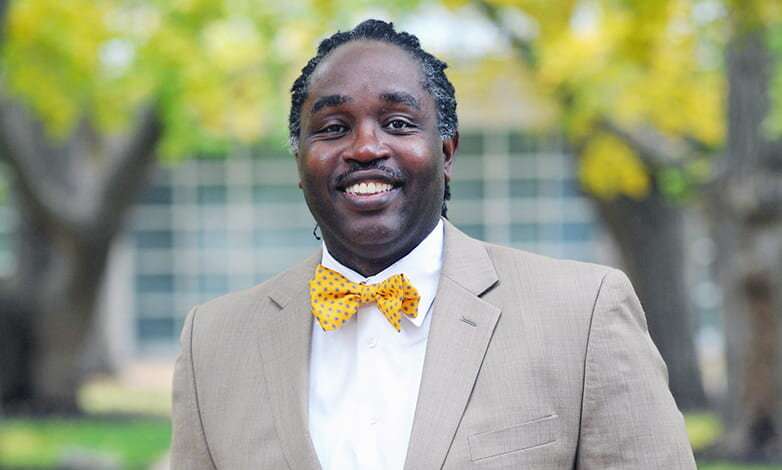Study examines black male youth reactions to social media videos of community violence
by Science X staff
New research from the Race and Opportunity Lab in the Center for Social Development sheds light on youths' reactions to social media videos showing violence in their communities.
Published by the journal Social Work Research, the study presents findings from a survey of black male youth incarcerated in a Midwestern city jail. The US Department of Justice's Office of Juvenile Justice and Delinquency Prevention funded the work, which is part of a larger study assessing the effects of the Fathers Make a Difference Project.
The survey asked participants about social media use, seeing social-media videos of real-life violence in their communities, and their emotional responses to those videos. All participants were fathers between the ages of 18 and 25, and all were scheduled for release within 60 days.
Previous research has tied violence exposure to numerous troubling outcomes, and African American youth encounter community-based violence at rates far higher than those among counterparts in other racial and ethnic groups. The violence playing out in communities often follows young residents into social media.
"Social media," the authors note, "has created another pathway to put black men at risk for increased rates of exposure to community-based violence."
Robert Motley, the study's lead author, explained the rationale for the research: "Measuring exposure to videos of community-based violence, particularly police violence, could improve understanding of how violence affects the well-being of these youth." Motley is the manager of the Race and Opportunity Lab and a doctoral candidate in the Brown School at Washington University in St. Louis.
The researchers found that, in the six months before responding to the survey, participants frequently used social media and witnessed violence in their communities, including violence in social media videos. They also found that the identity of the perpetrator shaped reactions to such videos.
Seeing a video involving police violence was significantly associated with negative emotional outcomes. Seeing a video of civilian violence was not.
"Exposure to police violence," the authors posit, "may be more impactful for individuals who perceive police as a threat to their personal safety." Prior research has shown that black young adults, particularly males, are disproportionately more likely to experience police force or the threat of such force.
The authors conclude that, for black, male, emerging adults with a history of involvement in the criminal justice system, the perpetrator's identity may be more emotionally impactful than the type of violence depicted.
"This work advances prior empirical research investigating community-based violence exposure on social media by examining emotional responses to the types of violence and perpetrator of the violence in videos viewed on social media for a marginalized population of young black men," said Dr. Sean Joe. Dr. Joe is founder of the Race and Opportunity Lab, faculty director with the Center for Social Development, and Benjamin E. Youngdahl Professor of Social Development in the Brown School at Washington University.
More information: Robert O Motley et al. Exposure to Community-Based Violence on Social Media among Black Male Emerging Adults Involved with the Criminal Justice System, Social Work Research (2020). DOI: 10.1093/swr/svaa002
Provided by Washington University in St. Louis